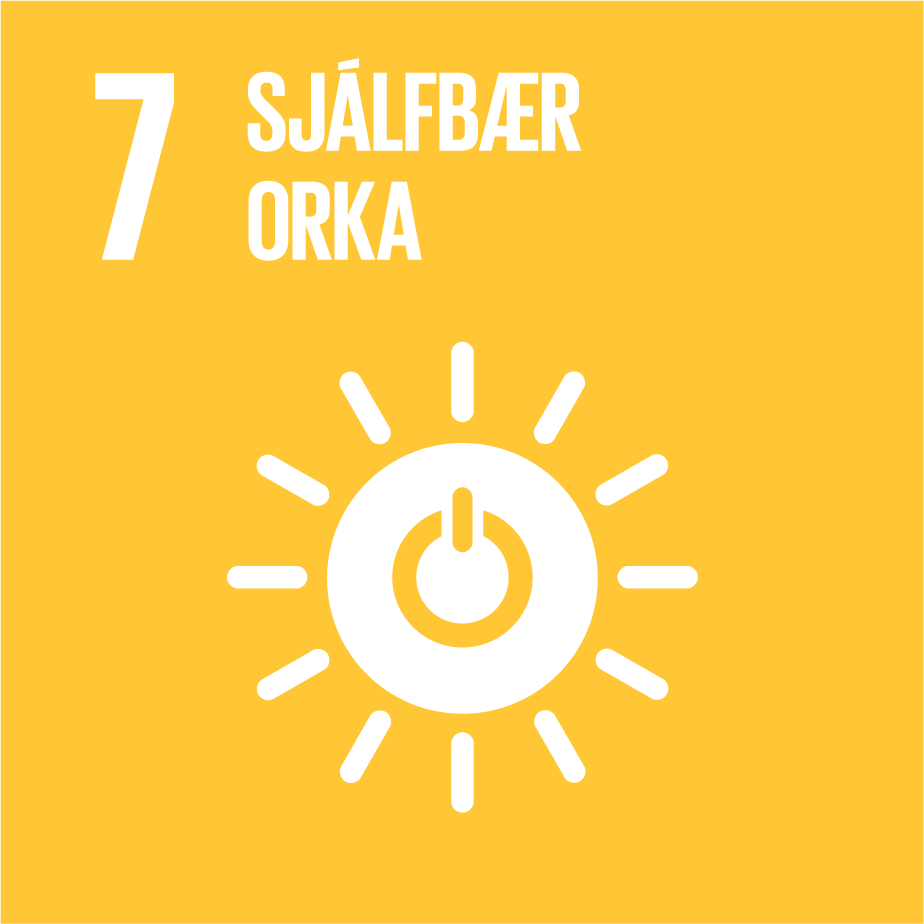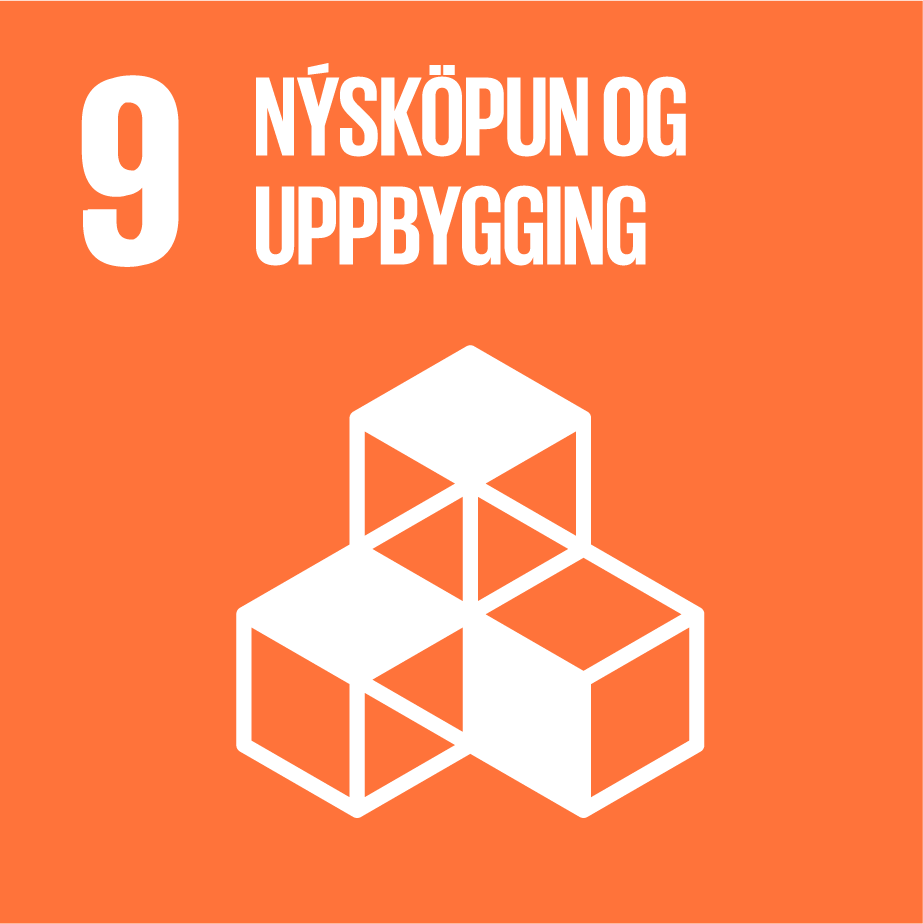Dariali

The construction of the Dariali Hydroelectric Power Plant in the river Tergi, Georgia which was started in 2011, is completed and the power plant has been initiated. Verkís is the principal designer of the project in close cooperation with Landsvirkjun Power and companies in Georgia.
Verkís was responsible for engineering design, tender documents, contractual assistance and all detail design, partly prepared by subcontractors in Georgia.
Georgia is at the forefront of hydroelectric power plant construction, but do not have much experience in making tunnels associated with such power plants. Since tunneling was necessary at the Dariali plant, expertise was sought after in Iceland. Landsvirkjun Power and Verkís have acquired the knowledge and experience in tunneling during the construction of the hydroelectric power plants of Kárahnjúkar and in Greenland, which is why the companies were chosen for the project in Georgia.
Icelandic tunneling expertise is mainly based on experience from Norway where efficient methods for rock strengthening have been applied. This knowledge and experience was the principal reason for seeking out Icelandic consultants for the design of Dariali.
The Verkis project managers say there were several hindrances in entering into the Georgian market but once there, they managed to demonstrate competence and develop solid network connections resulting in more opportunities related to hydroelectric power plants as well as in other sectors, such as geothermal and infrastructure. In infrastructure there are many opportunities, including road tunnels in the Caucasus mountains. Verkís welcomes this and looks forward to participating in infrastructure development in Georgia.
Verkís employees also got to know alternative methods of managing mud transport not previously applied in Iceland. The river Tergi, is extremely steep with an even grade so it was not possible to construct reservoirs for mud deposition, which is usually done in Iceland. However, this is a common problem in Georgia so Verkis employees got an opportunity to learn from Georgian engineering ingenuity. At the intake facilities, a huge settling pond was constructed to allow for the mud to settle preventing it from getting into the engines and causing increased wear and tear. The mud is flushed out of the settling pond using specialized gates before the ponds fill up with the mud.
Technical issues
The plant is situated in the river Tergi, which originates in the Caucasus mountains in Georgia, but flows north to Russia, turns eastward and ends in the Caspian Sea. It is a flow-through hydroelectric plan with low-head dam with an overflow, floodgate locks, mud flushing gates, intake structure and a settling pond. From the intake the water flows through two kilometers long, buried steel pipe connected to a six-kilometer-long tunnel. The tunnel was drilled with a Robbins tunnel drill from the United States especially intended for hard rock. Similar drills were used for the Kárahnjúkar power plant tunnels.
At the end of the tunnel, there is about 40 meters long, vertical and steel lined pressurized tunnel connected to three Pelton hydro turbine located s in the underground building. The water is then directed back into the river Tergi through a 400-meter-long discharge tunnel. The design flow rate is 33 cubic meters per second and the total elevation drop is 390 meters. The electricity is transported from the plants power generator with cables located in a special cableway to transformers and above ground substation facility and from there through a 110-kV transmission line to the country’s electrical transmission system.


